K-pop has transformed from a regional genre into a worldwide cultural phenomenon. From BTS selling out stadiums across continents to BLACKPINK headlining Coachella, the global dominance of Korean pop music is undeniable. Each generation of K-pop has marked a new step in that journey, and now, with 5th gen idols debuting, fans are asking: what’s next for K-pop’s globalization?
The 5th generation of idols is debuting into a very different landscape—one shaped by streaming platforms, TikTok virality, international fanbases, and collaborations with some of the biggest names in fashion and music. Here’s how K-pop has evolved to this point and what we can expect as the next wave of idols takes the stage.
A Quick Look Back: From Local to Global
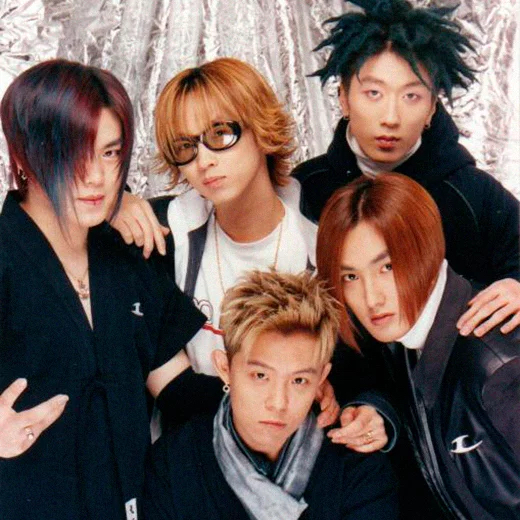
The first generation of K-pop in the late 1990s, led by groups like H.O.T. and S.E.S., planted the seeds of idol culture.
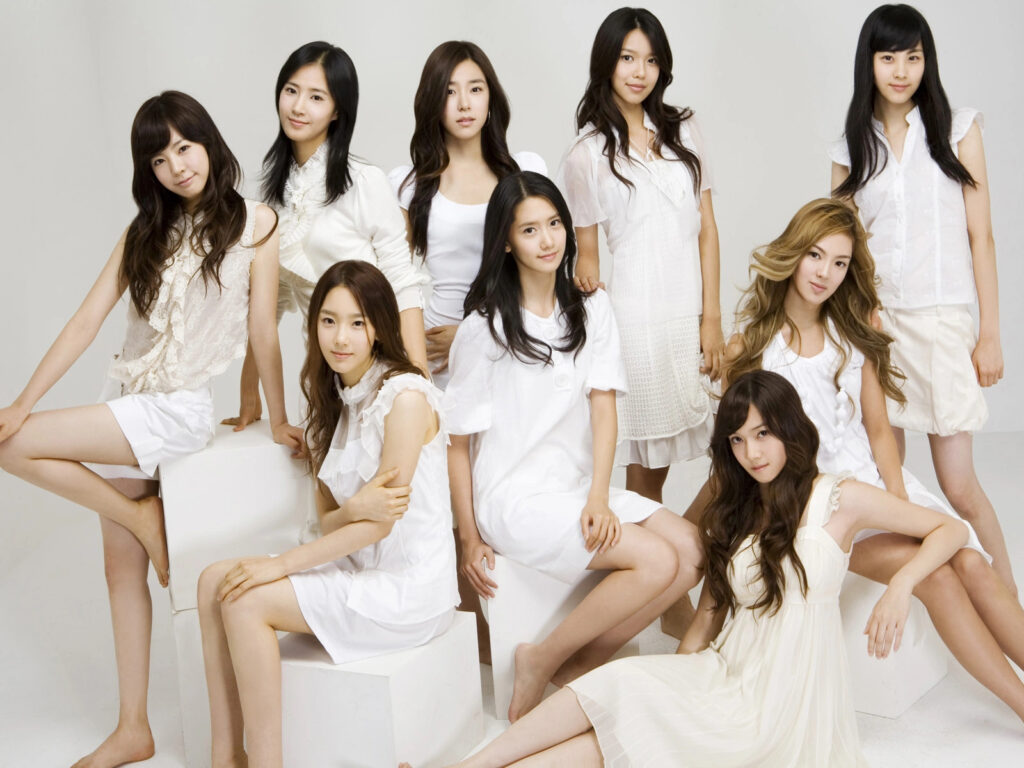
The second generation, with iconic groups like Girls’ Generation, Super Junior, and BigBang, began pushing K-pop into international markets, particularly Japan and Southeast Asia.
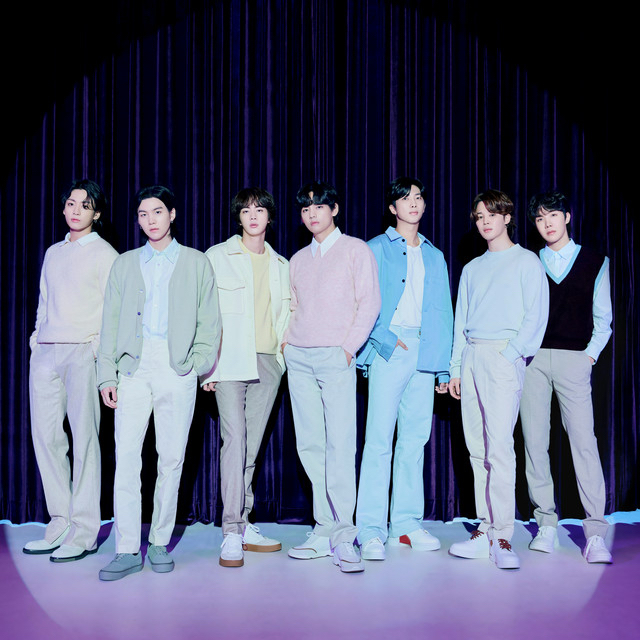
By the time the third generation arrived with EXO, BTS, and TWICE, K-pop had become a recognizable force globally. BTS, in particular, broke down barriers in the U.S. and Europe.
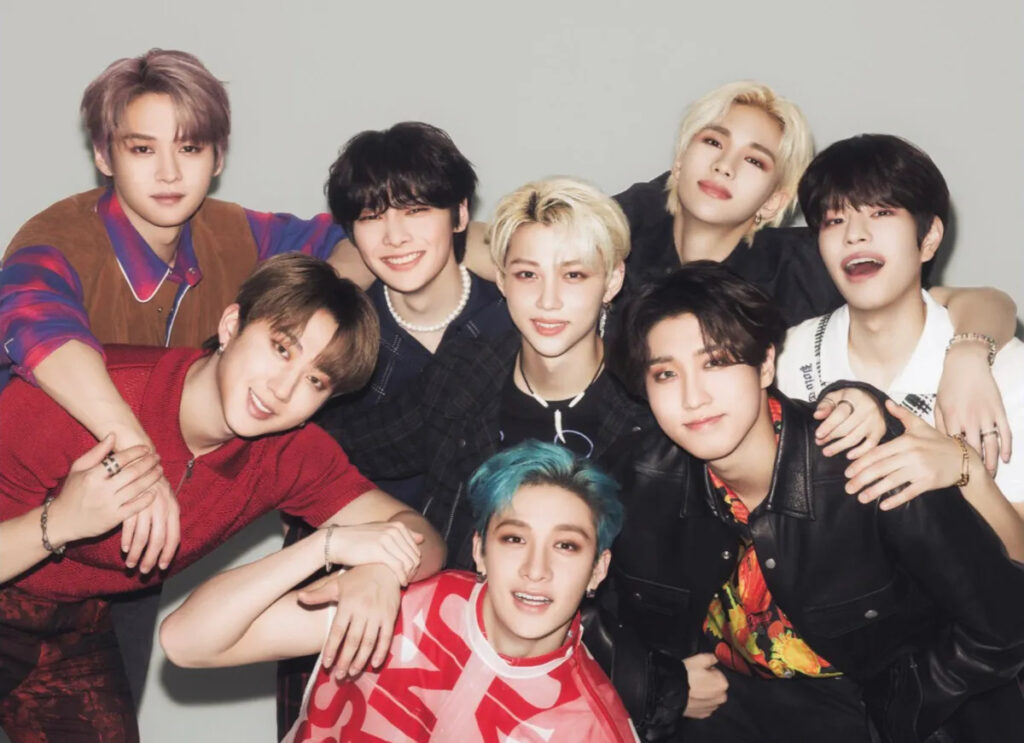
They paved the way for the 4th gen explosion, where groups like Stray Kids, ATEEZ, ITZY, and TXT built enormous international fandoms from the very beginning of their careers.
Now, as the 5th generation begins, K-pop is no longer about “breaking into” the global market—it’s about owning it.
Defining 5th Gen: Who Are They?
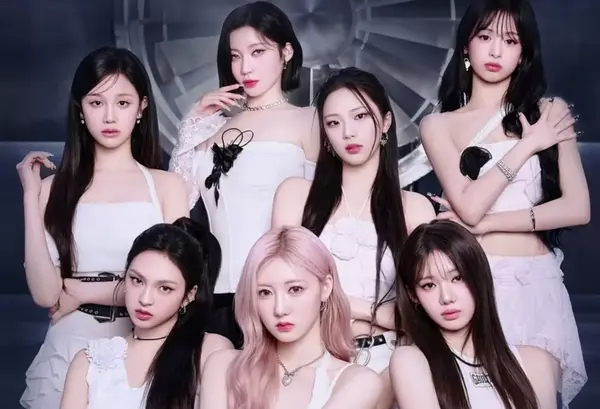
The exact start of K-pop generations is always debated, but most fans agree that 5th gen idols are those debuting from 2023 onward. Groups like RIIZE (SM Entertainment), ZEROBASEONE (formed through Boys Planet), ILLIT (HYBE), and BABYMONSTER (YG Entertainment) are often cited as early leaders of this generation.
Unlike their predecessors, these groups debut into a world where international audiences are already primed for K-pop. Their music is designed with global stages in mind, their marketing strategies are TikTok-first, and their styling leans into universality while still maintaining the unique identity of K-pop.
The New Rules of Globalization
1. English and Multilingual Releases
Earlier K-pop generations relied heavily on Korean-language songs, with the occasional Japanese or English track. Now, 5th gen groups are embracing multilingualism from the start. With members fluent in English, Chinese, Japanese, and more, these idols can connect directly with fans worldwide.
Expect more English-dominant singles and even trilingual albums as companies strategize to maximize streaming potential on Spotify and Apple Music.
2. TikTok Virality as a Marketing Tool
Gone are the days when music shows in Korea were the only way to promote a comeback. For 5th gen idols, TikTok and Instagram Reels are often the first platforms where new songs gain traction. Short, addictive choreographies are engineered for virality, turning casual scrollers into dedicated fans.
3. Global Touring from Day One
While earlier idols had to “earn” international tours, 5th gen groups are planning world tours within their first or second year of debut. Companies are tapping into massive global fandoms right away, selling out venues in North America, Europe, and Southeast Asia almost instantly.
4. Fashion and Luxury Branding
K-pop idols are no longer just musicians—they’re also front-row fixtures at Paris Fashion Week and ambassadors for brands like Chanel, Dior, and Louis Vuitton. The 5th gen is stepping into this fashion space even earlier, with some members signing luxury deals before their debut albums drop.
Challenges Facing 5th Gen Idols
Globalization comes with its own set of challenges. Oversaturation is one of the biggest risks—dozens of groups debut each year, and not all can capture long-term international attention. The pressure to go viral or to secure Western collaborations can sometimes overshadow the artistry that made K-pop unique in the first place.
Additionally, as groups tour worldwide, cultural sensitivity becomes more important than ever. Fans expect idols to not only sing in multiple languages but also understand the nuances of diverse cultures. Managing this balance will be key to sustaining global success.
What the Future Holds for K-Pop’s Global Expansion
Looking ahead, we can expect several trends to define the 5th generation of K-pop:
- More Western Collaborations: Partnerships with U.S. and European artists will become standard rather than exceptional.
- Globalized Training Systems: Entertainment companies may start scouting and training idols internationally, not just in Korea.
- Hybrid Media Projects: K-pop groups could star in webtoons, Netflix documentaries, or video game collaborations as part of their brand strategy.
- Deeper Fan Engagement: With platforms like Weverse and Bubble, fans across the globe will continue to enjoy near-direct access to idols, blurring the line between local and international fandom.
Ultimately, 5th gen idols are entering a stage where K-pop is not simply an “export”—it’s a global culture in itself.
Final Thoughts
The globalization of K-pop is no longer a question of if—it’s a question of how far it will go. The 5th generation of idols inherits a world already captivated by Korean music, fashion, and culture. Their challenge is to not just ride the wave, but to innovate in ways that keep K-pop at the forefront of global entertainment.
Whether through multilingual releases, viral TikTok dances, or luxury fashion partnerships, the future of K-pop promises to be more diverse, interconnected, and ambitious than ever before. And as fans, one thing is certain: we’re just at the beginning of an even bigger era.

Leave a Reply